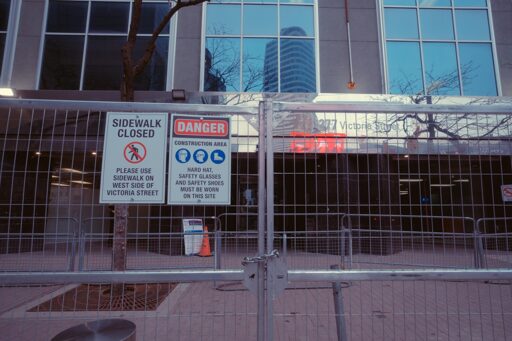But in comparison to a physical location, outreach teams are limited in the resources they can offer, says Mia Hershkowitz, a harm reduction worker. For instance: Hershkowitz describes how outreach teams can only carry small amounts of oxygen due to its weight. But as terrifying amounts of veterinary tranquilizer poison the unregulated supply of drugs, Naloxone, the medication commonly used to reverse opioid poisoning, is simply not strong enough. People who are overdosing often need oxygen to help bring their heart rate back up – but outreach teams rarely have access to it.
According to Toronto’s Drug Checking Service, more than half of all fentanyl checked in the first two weeks of April contains some form of toxic tranquilizer.
That situation would become more severe under the Safer Municipalities Act, a new bill proposed by the Ford government. If passed, it would let police ticket and arrest people using illegal drugs in public, slapping them with harsher punishments including a fine of up to $10,000 and being jailed for up to six months.



deleted by creator